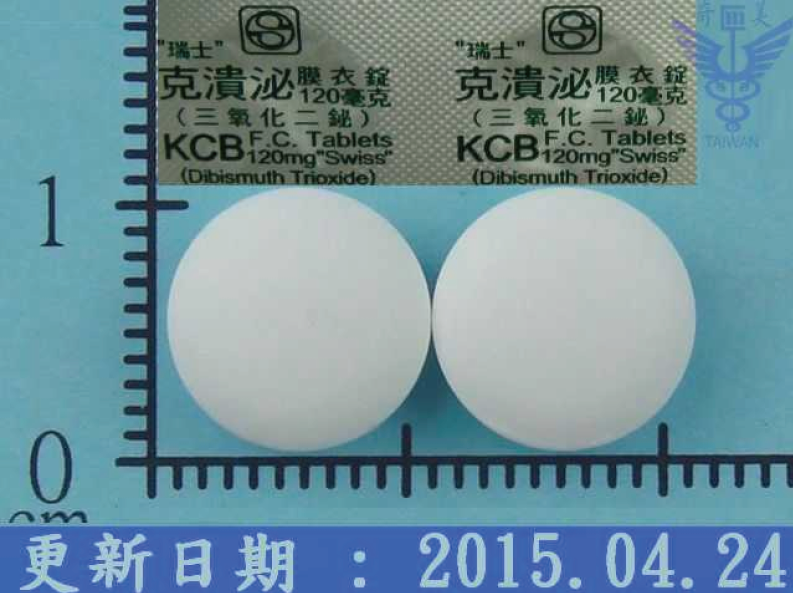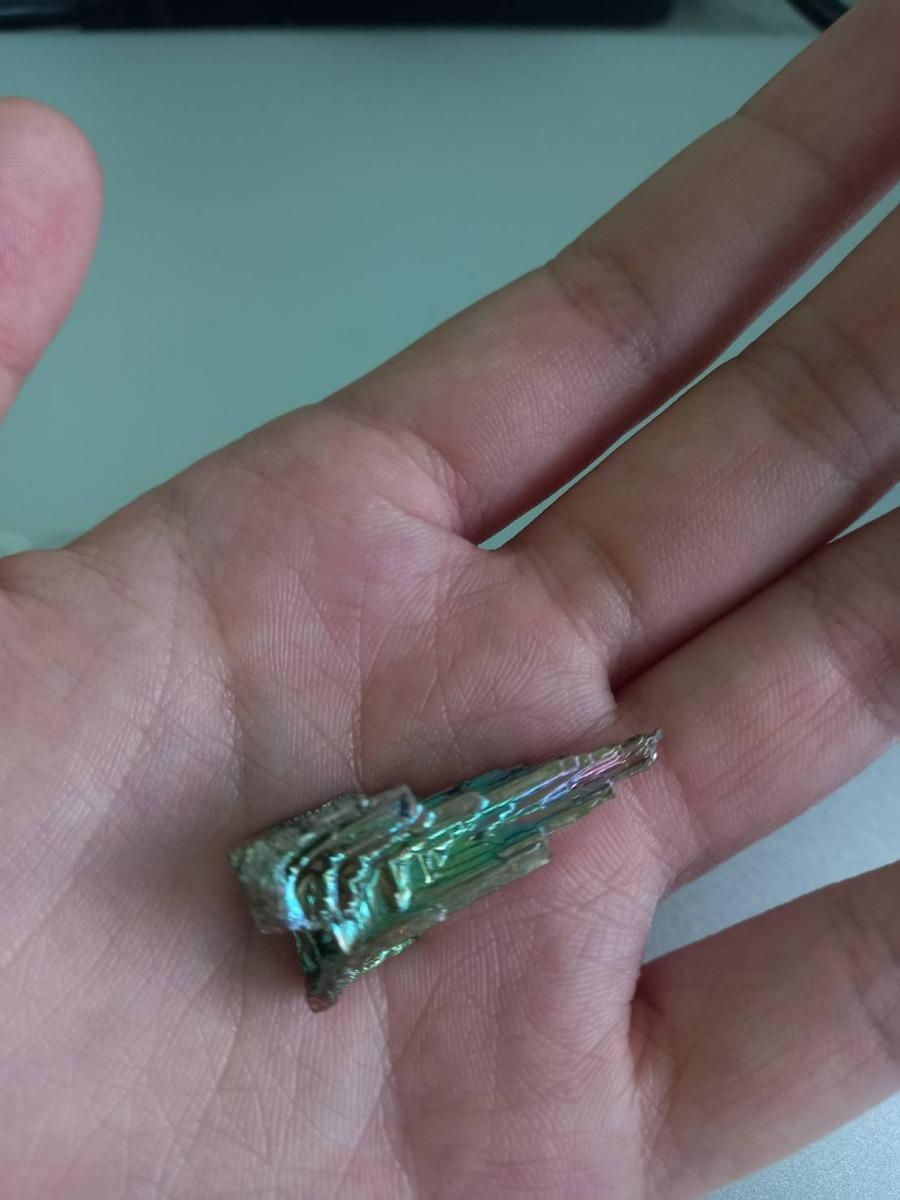Every Monday Mine - Bismuth Cultivation
What I want to introduce to you today is the rainbow pagoda - bismuth raising crystals.

Today's protagonist Bi Yangjing has a "raise" in the name, which means that it does not actually come from the magic work of nature, but from a human laboratory.

The bismuth crystal is actually the crystal formed by the oxidation of bismuth metal (chemical formula Bi) under the condition of liquid cooling.
Generally speaking, bismuth metal oxides rarely form crystals in nature, and even if they do, the crystals are extremely small, and it is unlikely that such large and colorful crystals will circulate on the market.
So the vast majority of bismuth crystals you can buy are man-made.
The naturally formed bismuth oxide crystal has a poetic and appropriate name: "bismuth flower".
It is a fleeting flower created by natural bismuth under the occasion of fate.

The colorful metallic luster on the surface of the bismuth crystal is actually caused by the uneven thickness of the oxide layer (bismuth trioxide) on its surface.
Some thicknesses of film may only reflect the red band in natural light (others are absorbed), some thicknesses only reflect green, some thicknesses only reflect blue..., and these wavelengths are absorbed by the naked eye. , it will be imaged as colorful in our eyes.
The principle is the same as the rainbow reflected by soap bubbles and roadside puddles, which are caused by "film interference".

Bismuth is a very ancient metal in nature. The ancient Inca civilization made alloys with copper and tin to cast knives. The earliest record of it was in 1450 AD (but because its physical properties are so similar to tin and lead, it was not identified until 1753).
Bismuth is generally used in pigments, pharmaceuticals and cosmetics, such as bismuth subsalicylate (Bismuth_subsalicylate) for antidiarrheal, bismuth subcitrate (Bismuth_subcitrate) for treating gastric ulcer and Eye disease bismuth bromophenol (Bibrocathol) and so on.

There are many teaching videos on the Internet about "making bismuth crystals by yourself". The procedure is nothing more than heating the bismuth metal to a certain level, scraping off the oxide film on its surface until the color you like appears, then turning off the flame and waiting for crystallization. generate.
Such an experiment requires the use of high heat. Although the procedure is not complicated, it is not recommended for people without professional knowledge to do it at home.

In fact, Abismuth was the first mineral label I bought since I moved to Taipei. I saw the introduction to bismuth crystal growth in science comics from elementary school, and I found it unforgettable, and I really started it after I graduated from elementary school twice my age.
Seeing it mixed with the coldness of metal and the romantic and beautiful rainbow light, I always admire these human beings who understand metal thoroughly and can play its physical properties superbly, replicating the rare minerals in nature; but also faintly worried , Does such an ingenious craftsmanship beyond nature further contribute to the arrogance of human beings towards the idea of "man will conquer the sky"?
Like my work? Don't forget to support and clap, let me know that you are with me on the road of creation. Keep this enthusiasm together!
